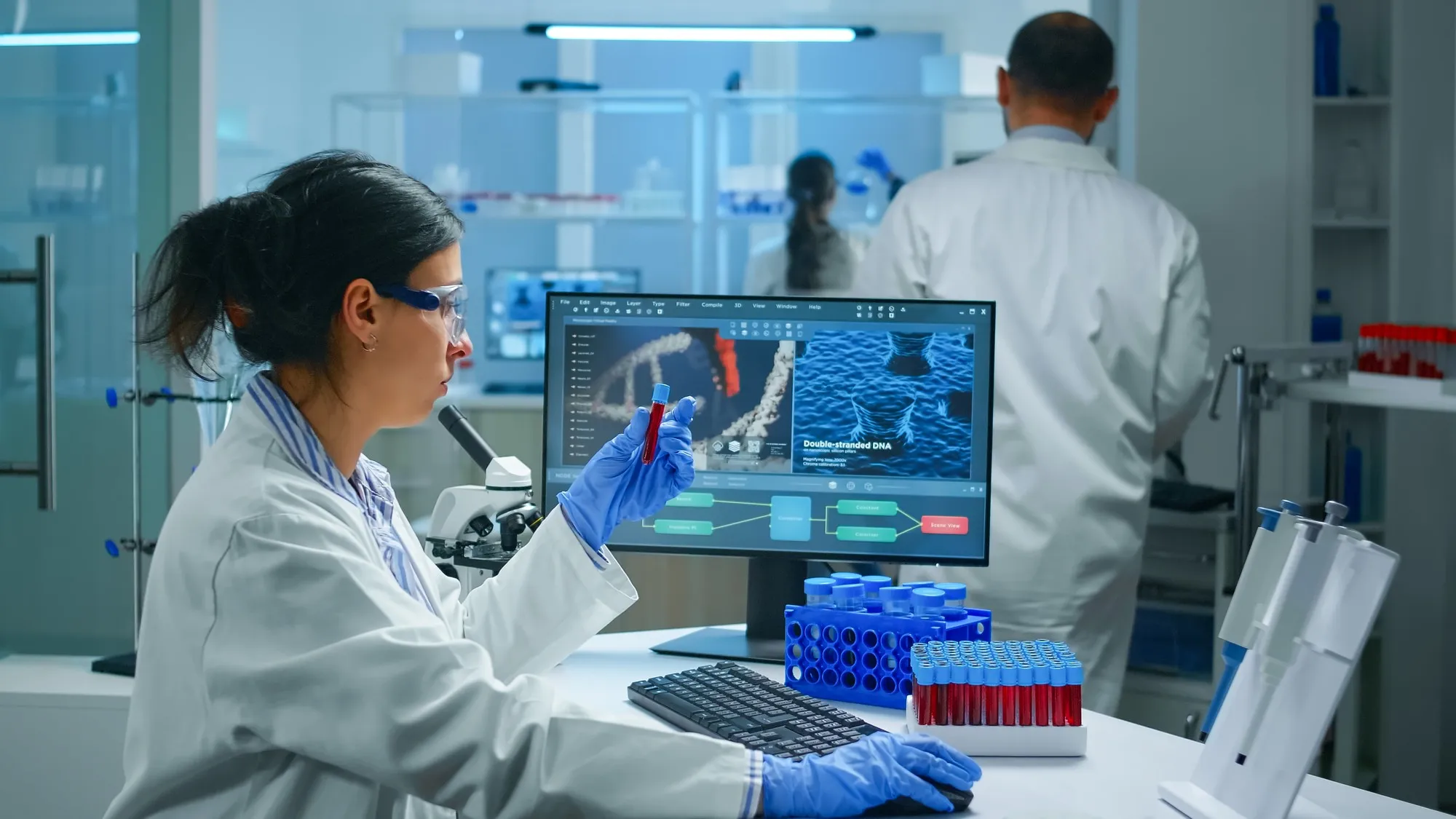Keywords
1. Relapsing Polychondritis
2. Myelodysplastic Syndrome
3. Cutaneous Nodules
4. Hematology
5. Dermatology
A recent publication in ‘Actas Dermosifiliograficas’, dated January 12, 2024, brings to the forefront a rare and challenging medical case intertwining dermatology and hematology disciplines. The case, described by a skilled team of medical experts from the Complejo Hospitalario Universitario de Pontevedra, Spain, presents a patient diagnosed with relapsing polychondritis (RP), a chronic disorder characterized by recurrent episodes of inflammation of cartilaginous structures, concurrently suffering from a hematological complication – myelodysplastic syndrome (MDS).
Relapsing polychondritis is a rare multi-systemic inflammatory condition, primarily affecting cartilaginous tissues, including the ears, nose, respiratory tract, and joints. Its elusive etiology makes it a diagnostic challenge, often requiring a multidisciplinary approach involving rheumatologists, dermatologists, and other specialists. Symptoms can range from arthralgia and episcleritis to more severe respiratory distress due to tracheobronchial involvement.
Myelodysplastic syndrome, on the other hand, is a group of bone marrow disorders characterized by dysfunctional hematopoiesis leading to varied cytopenias. It is not uncommon for MDS to progress to acute myeloid leukemia (AML). Skin manifestations in MDS are less frequent but may include a range of dermatological signs such as maculopapular eruptions, hemorrhagic manifestations, and in rare instances, cutaneous nodules, as observed in this case.
The case report by Couselo-Rodríguez et al. focuses on a patient presenting with cutaneous nodules and a simultaneous follow-up by the hematology department for MDS. Such concurrence of conditions emphasizes the need for collaborative practice among medical specialties. Few similar case reports exist, and novel findings are invaluable for clinical understanding and treatment approach refinements.
Drs. Couselo-Rodríguez, Viejo-Rodríguez, Carballeira-Seoane, Álvarez-Álvarez, Cervates-Pérez, García-González, and Flórez represent the core of the multi-specialty team who delved into this peculiar medical case. Their investigation and management approach is a testament to the unpredictable nature of autoimmune and hematological conditions and the diagnostic complexities they present. The team’s efforts and their choice of investigative methodologies led to the identification of this rare clinical correlation.
The case report, bearing the DOI: 10.1016/j.ad.2024.01.006, has added to the medical literature by highlighting the intersection of dermatologic and hematologic conditions. It provided valuable insights into managing such complex cases, emphasizing the potential for cutaneous nodules to be manifestations of systemic diseases.
The investigative work conducted by the authors, as mentioned in ‘Actas Dermosifiliograficas,’ led to tailored therapeutic strategies that accounted for both the RP and the MDS in a mutually inclusive treatment paradigm. This case highlighted the importance of specialized care units where complex diseases can be approached holistically.
Dr. Lorena Carballeira-Seoane from the hematology department speaks about the treatment challenges and states, “Approaching a patient with an existing myelodysplastic syndrome makes treatment selection for RP particularly exigent, as we need to carefully balance the therapeutic measures.”
Medical case reports such as this provide exemplary learning opportunities for healthcare professionals. They throw light on rare conditions, promoting early recognition and more effective management strategies. The rarity of these conditions often means that every documented case can contribute significantly to the collective clinical experience and guidelines.
References
1. “Relapsing polychondritis: Clinical manifestations, diagnosis and treatment” – Rheumatology International.
2. “Relapsing polychondritis: a review of clinical features, imaging features, and therapy” – American Journal of Clinical Dermatology.
3. “Systemic and cutaneous vasculitis in dermatology: a histopathologic review and commentary” – The American Journal of Dermatopathology.
4. “The cutaneous manifestations of myelodysplastic syndrome: a comprehensive review” – The Journal of the American Academy of Dermatology.
5. “Myelodysplastic syndromes and autoimmune disorders: a review of the literature and data from the French Registry” – Clinical Lymphoma, Myeloma & Leukemia.
In conclusion, the detailed case report of the patient with relapsing polychondritis and cutaneous nodules managed in the setting of myelodysplastic syndrome underscores a significant intersection between these two medical fields. The findings from the group at Complejo Hospitalario Universitario de Pontevedra contribute to a broader understanding of the interrelation of dermatology and hematology and exemplify the importance of collaborative practice in managing complex clinical scenarios. Such publications assure that healthcare professionals stay vigilant for atypical presentations of known conditions, thus enabling better patient outcomes through a more informed diagnostic and treatment process. The report establishes a precedent for further case studies and research in this domain, promoting continual advancement in personalized patient care.
